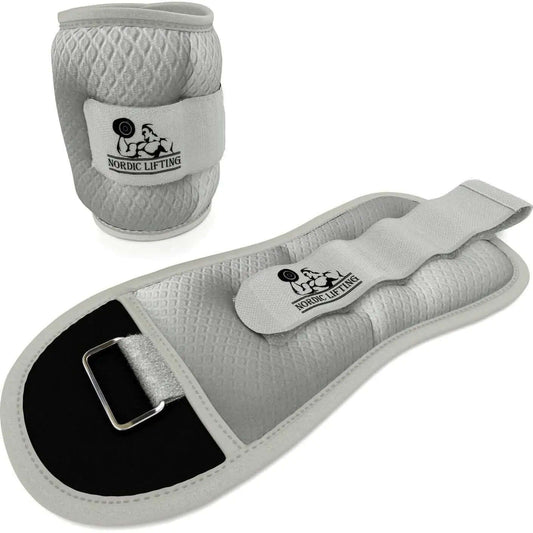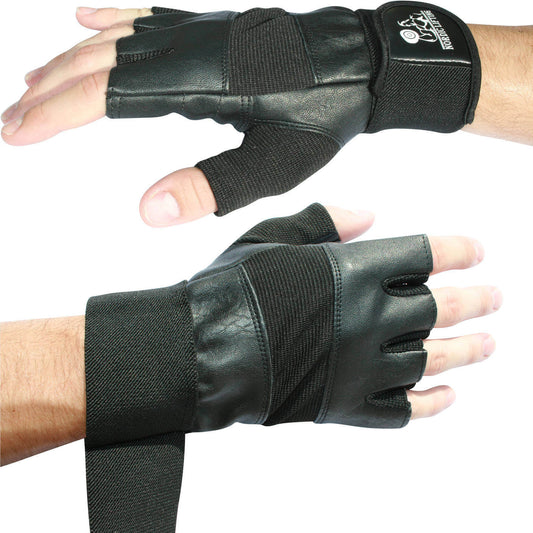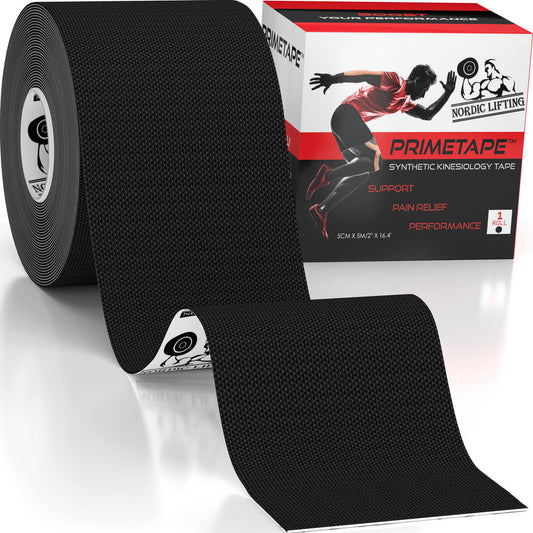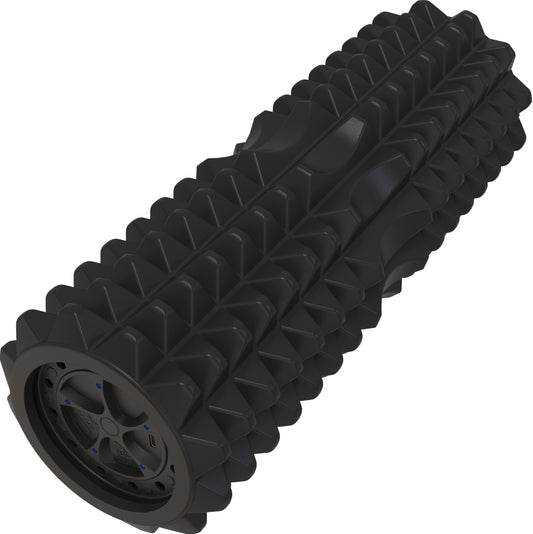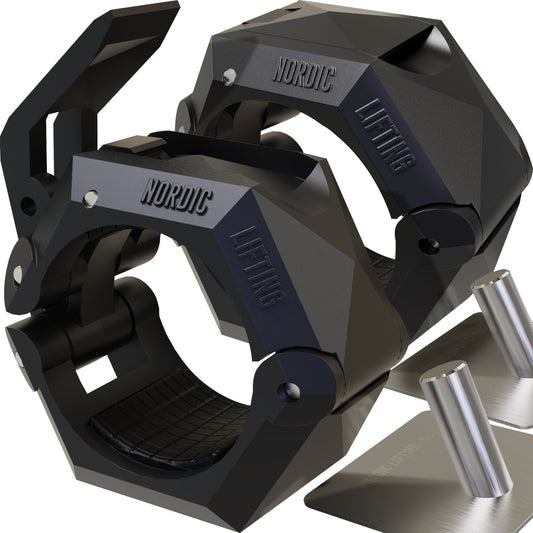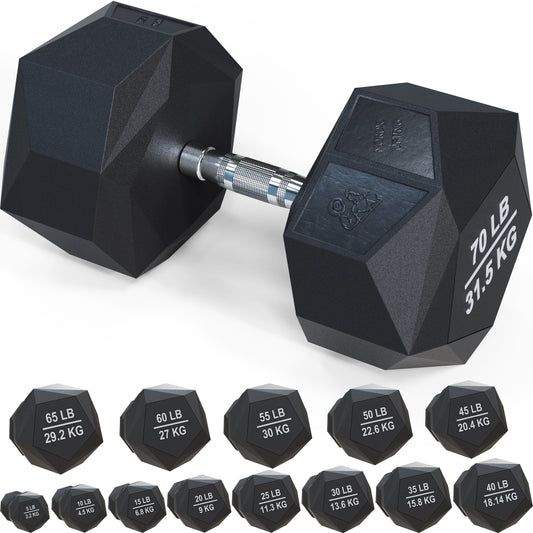Last Updated: February 10, 2025
Starting a weightlifting journey can feel overwhelming, especially for beginners unsure of where to begin. Lifting weights not only builds strength but also improves overall fitness and health when done correctly. Knowing the basics helps one approach the activity with confidence and success.
To gain the most from weight training, it’s essential to understand muscle groups and how to target them effectively. By optimizing routines and balancing workouts, beginners can achieve noticeable results in a shorter time frame. Learning the right techniques and listening to one’s body will play a crucial role in this process.
With the right approach, anyone can embrace the numerous health benefits that come from lifting weights. It’s about understanding the process and having the willingness to progress steadily. Enjoying the journey will make achieving fitness goals more satisfying and attainable.
Key Takeaways
- Lifting weights improves strength and overall fitness.
- Understanding muscle groups is key to effective training.
- A balanced approach leads to better results and health benefits.
Getting Started with Weight Training
Weight training involves the use of resistance to build muscle and strength. For beginners, understanding the essential elements of weightlifting will help establish a solid foundation for future workouts. Key points to consider include exercise types, creating a routine, and ensuring proper form.
Understanding the Basics
When starting weight training, it is essential to know the difference between compound and isolation exercises. Compound exercises, like squats, deadlifts, and the bench press, work multiple muscle groups at once. These exercises are efficient for building overall muscle mass.
Isolation exercises, such as bicep curls and dumbbell shoulder presses, target specific muscles. They are great for focusing on particular areas but are often best included in a well-rounded program. Learning the terms sets and reps is also crucial. A rep is one complete movement, while a set is a group of repetitions performed back-to-back. Beginners should aim for 2-3 sets of 8-12 reps for each exercise.
Creating Your Workout Plan
A structured workout plan is vital for success. Beginners should start with a balanced routine that includes both compound and isolation exercises. A typical week may include 2-3 days of weight training, allowing for recovery and rest days. Each workout should focus on major muscle groups:
- Day 1: Upper body (e.g., dumbbell chest press, dumbbell rows)
- Day 2: Lower body (e.g., squats, lunges)
- Day 3: Full body (e.g., deadlifts, kettlebell swings)
Consistency is key. Stick to the plan and gradually increase the weight over time to implement progressive overload. This strategy helps stimulate muscle hypertrophy and growth.
Executing Exercises Correctly
Proper form is essential for safety and effectiveness. It is important to maintain a neutral spine during exercises like deadlifts and squats to prevent injury. Beginners should practice movements with lighter weights or even bodyweight to master technique first.
Warming up before a workout prepares the body and reduces injury risk. This can include light cardio or dynamic stretches. Cooling down after exercise is also necessary to aid recovery and flexibility.
Using equipment like dumbbells, kettlebells, and barbells is beneficial for beginners. Focusing on these aspects provides a solid foundation for successful weight training.
Optimizing Your Training for Maximum Results
To achieve the best outcomes from a weight lifting program, individuals need to focus on crucial factors such as nutrition, safety, and tracking progress. These elements work together to enhance muscle gain, improve overall strength, and support fitness goals.
Nutrition and Weight Training
Nutrition plays a vital role in optimizing weight training results. A balanced diet rich in protein is essential for muscle recovery and growth.
Individuals should aim for a protein intake of about 1.6 to 2.2 grams per kilogram of body weight, as this promotes muscle gain. Carbohydrates are equally important, providing energy for workouts.
Foods like whole grains, fruits, and vegetables should be included to support metabolism and overall health. Healthy fats, such as avocados and nuts, also contribute to nutrient absorption and hormone production.
Meal timing is another key factor. Consuming a protein-rich meal or shake within 30 minutes post-workout helps repair muscles and kick-start recovery. Staying hydrated is equally essential, as water aids in digestion and nutrient delivery.
Safety and Injury Prevention
Safety considerations cannot be overlooked during weight training. Proper form is crucial to prevent injuries. Using a mirror or a personal trainer can help individuals remain aware of their posture and movements.
Warm-up exercises, like light cardio or dynamic stretches, prepare the body for more intense activity. A proper cool-down routine, including static stretches or foam rolling, aids in muscle recovery and helps reduce soreness.
Avoiding overtraining is essential for long-term success. Signs of overtraining include fatigue, decreased performance, and increased susceptibility to injury. Listening to the body, allowing for rest days, and adjusting workout schedules can prevent setbacks.
Tracking Progress and Adjustments
Tracking progress is important for staying motivated and making necessary adjustments.
Individuals should keep a workout log, noting exercises, weights, repetitions, and sets. This information helps identify trends and areas needing improvement.
Setting specific fitness goals can guide individuals in their training. Whether the goal is weight loss, muscle gain, or overall strength, having a clear target keeps focus on desired outcomes.
If progress stalls, individuals may need to adjust their workout regimen, possibly by changing exercises or altering training volume.
Incorporating regular assessments, such as body composition analysis or performance tests, can provide insights into progress. By adjusting their training program based on data, individuals can further optimize results.
Frequently Asked Questions
Many beginners have common questions when starting a weight lifting journey. Understanding the basics can help in developing safe and effective workout routines, maintaining proper form, and making informed dietary choices.
What are the fundamental principles beginners should understand before starting weight training?
Beginners should grasp key concepts like warm-ups, cool-downs, and the importance of rest. Proper warm-ups prepare muscles for lifting and reduce injury risk.
Knowing the right amount of weight to lift is also essential, which often means choosing a weight that can be lifted for 10 to 15 repetitions with correct form.
How can a beginner develop a weight lifting routine that is effective and safe?
To start, a beginner should focus on compound exercises that engage multiple muscle groups. They can design a routine that includes 2 to 3 days of weight lifting each week.
Gradually increasing the weight while maintaining form is crucial for safety and effectiveness.
What is the importance of proper form and technique in weight lifting, and how can it be learned?
Proper form is vital to avoid injuries and ensure the exercises target the right muscles. Beginners can learn correct techniques through instructional videos, personal trainers, or by attending classes.
Practicing movements with lighter weights can help build confidence in executing the exercises accurately.
Can you explain the progression of exercises for a beginner starting a weight lifting program?
Beginners should start with basic exercises like squats, deadlifts, and bench presses. They can then gradually incorporate more challenging variations as they build strength.
Tracking progress and adjusting the weight or number of repetitions ensures that they continue to improve without risking injury.
What dietary considerations should beginners keep in mind when beginning a weight lifting routine?
A balanced diet rich in whole foods plays a significant role in strength training success.
Beginners should focus on consuming enough protein to support muscle growth, aiming for about 1.6 grams per kilogram of body weight.
Staying hydrated is also important for optimal performance and recovery.
How often should a beginner lift weights and what is the recommended amount of rest between sessions?
Beginners should aim to lift weights 2 to 3 times a week. They should allow at least one day of rest between sessions targeting the same muscle groups. This rest period helps muscles recover and grow stronger, reducing the risk of overtraining and injury.







